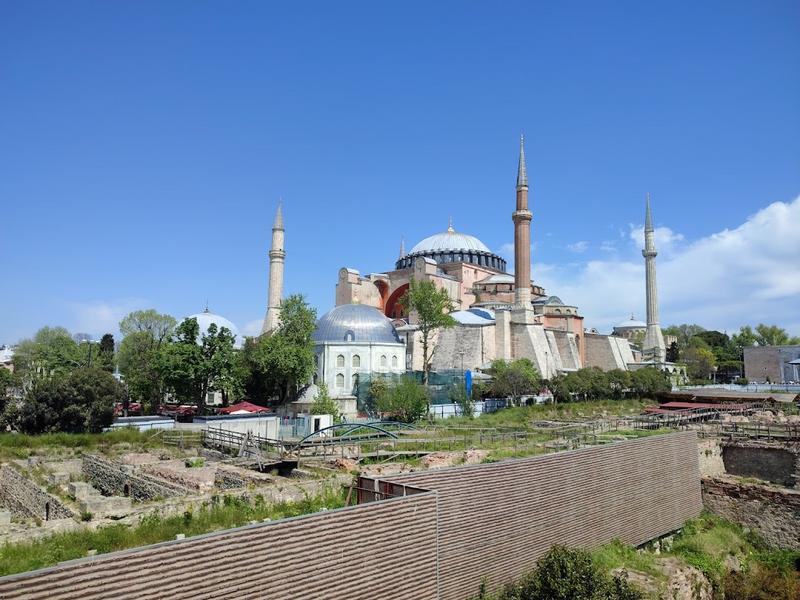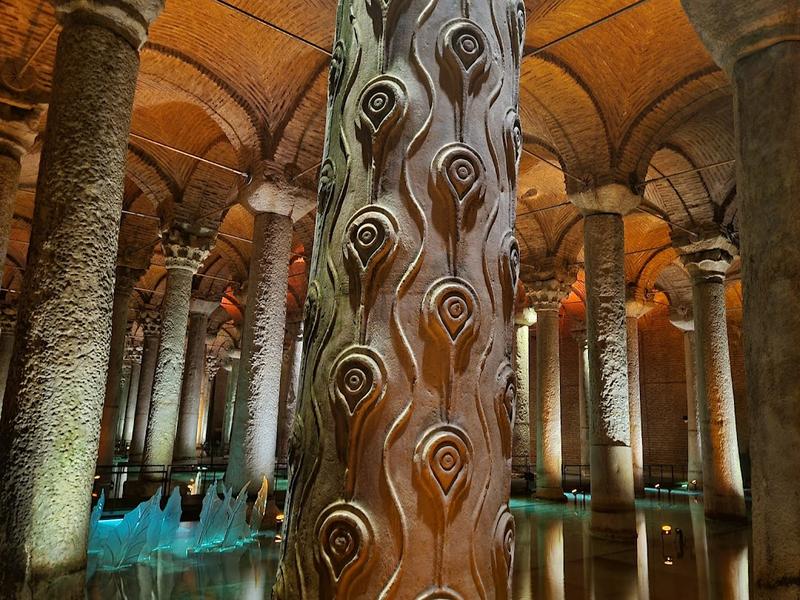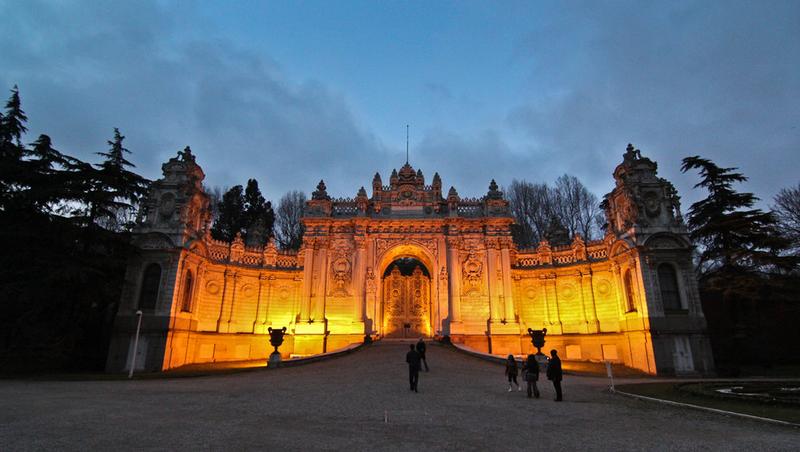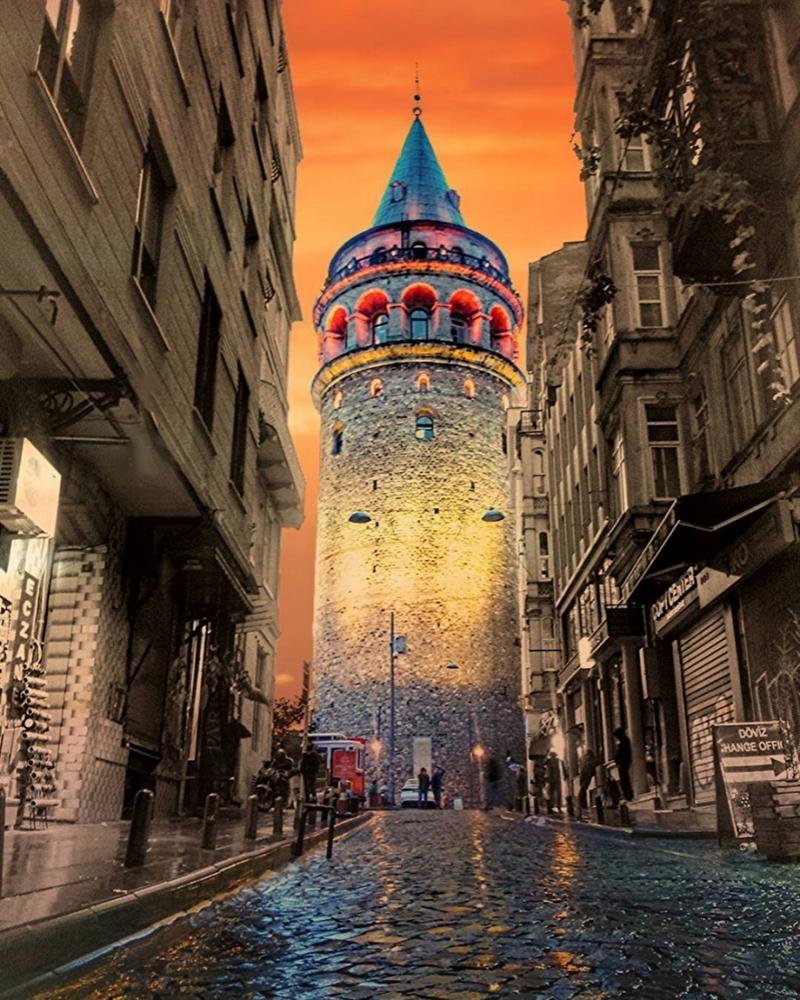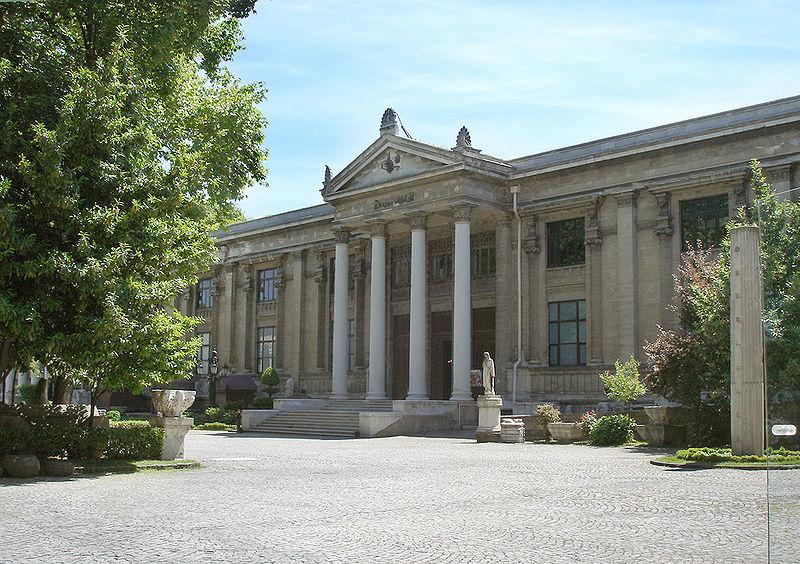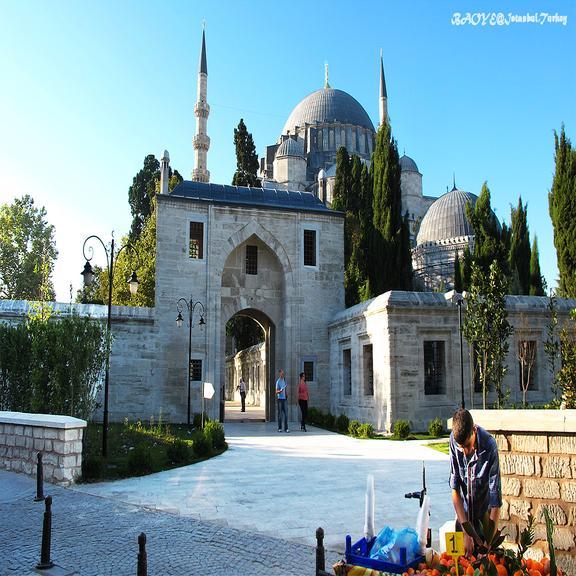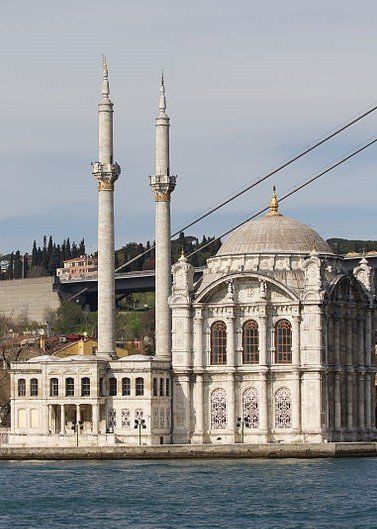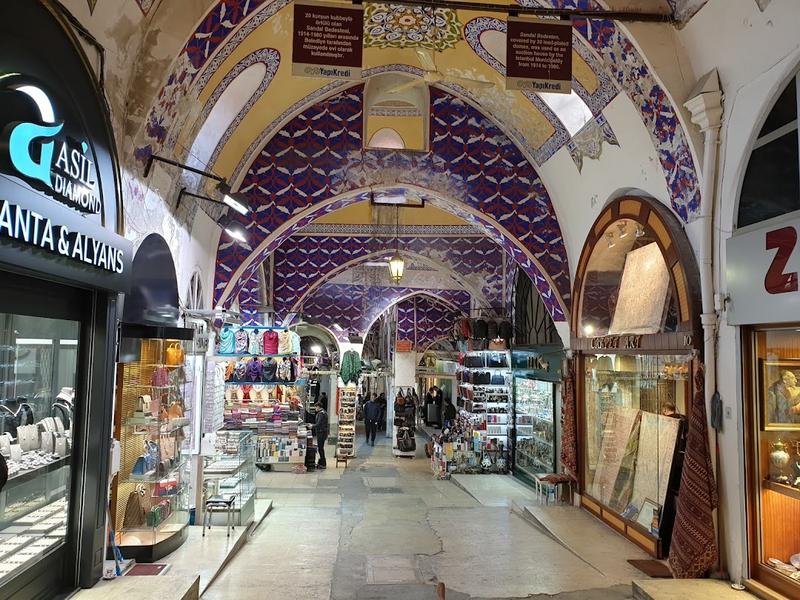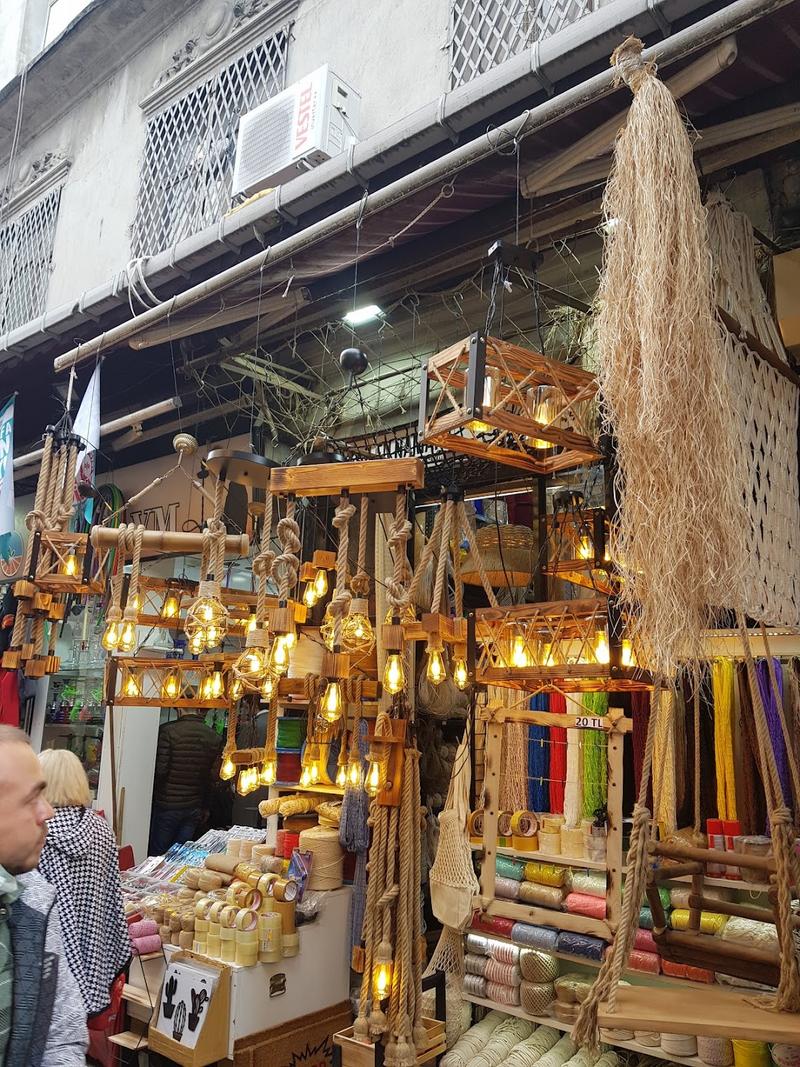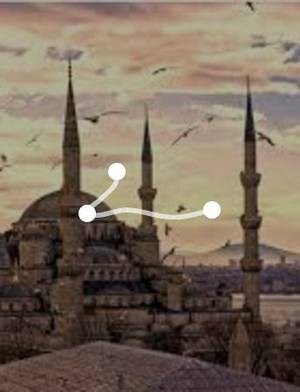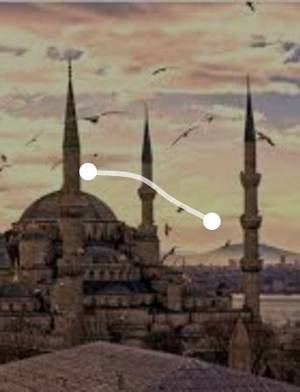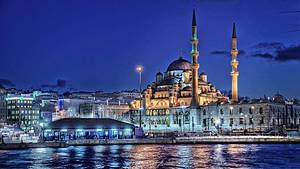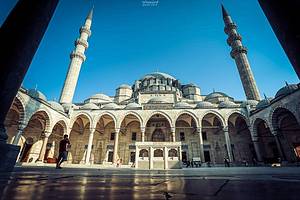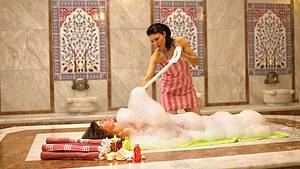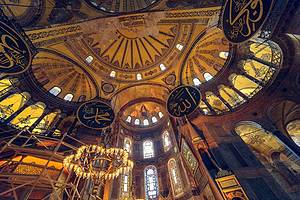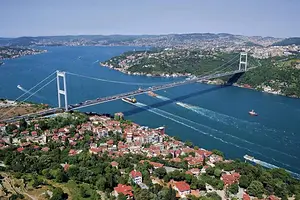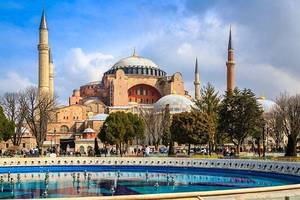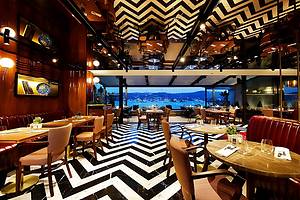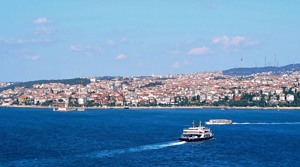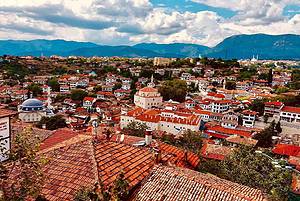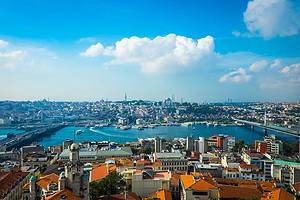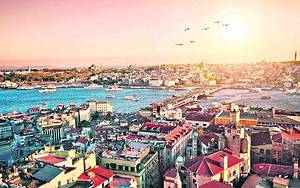Istanbul Excursion: 8 Days of History and Culture
1 cities |
16 attraction(s) |
total distance 59
km
 TIPS
TIPS
Day1
Day2
Day3
Day4
Day5
Day6
Day7
Day8
Day1: Istanbul
2 attraction(s) ·
1 km
1
Iconic, storied mosque set within a vast, domed former Byzantine church with stained-glass windows.
1
km
2
Huge underground Roman water source held up with 336 marble columns covering 9,800 sq. meters.
Day2: Istanbul
2 attraction(s) ·
4 km
2
Dolmabahce Palace, located on the west coast of the Bosphorus Strait in Europe, was built in the mid-19th century and is a palace built during the Ottoman Empire period, incorporating Baroque and Neoclassical styles. The construction project cost 5 million Turkish lira, with a lot of extravagance. 14 tons of gold and 40 tons of silver were used to decorate the palace, and the world's largest crystal chandelier weighs 4.5 tons. Nevertheless, the interior decoration of the palace formed a sharp contrast with the decline of national strength. The palace was the main administrative center of the Ottoman Empire from 1856 to 1889 and from 1909 to 1922, and also the place where the last six sultans of the Ottoman Empire ruled. Built on reclaimed land, Dolmabahce Palace was the last glory of the Ottoman Empire, witnessing the establishment of the Republic of Turkey. Now, Dolmabahce Palace has been restored and converted into a museum, and the decorations inside the palace are all genuine, making it a valuable historical and cultural heritage.
Day3: Istanbul
2 attraction(s) ·
2 km
1
Restored 14th-century tower and former prison overlooking the Bosphorus with a top-floor restaurant.
2
km
2
Located near the Topkapı Palace, the Archaeological Museum houses many precious ancient artifacts, including heritage from civilizations such as Sumer, Babylon, Assyria, Hittite and Hittite, showcasing the rich history of these cultures. The museum's most valuable collections are ancient stone coffins and Greek-style stone sculptures, linking the cultural development of Anatolia's Anatolian Plateau. The construction of the museum is closely related to the archaeological discoveries of the 19th century when a shepherd found many stone coffins in a royal cemetery known as Sidon (now Saida). These stone coffins became the museum's most prized exhibits. The museum includes an old building and a new right-wing, showcasing archaeological discoveries from Istanbul, Anatolia, and surrounding areas. The museum's exhibits include Alexander the Great's marble coffin, sculptures of the Athena battle against the snake-headed giant in the Ephesus area, the Apollo statue, and the Tabinet Stone Coffin, etc. These artifacts date back to the 6th century BC, vividly showing the culture and art of the time.
Day4: Istanbul
2 attraction(s) ·
4 km
1
19th-century home displaying everyday objects featured in the eponymous novel by Orhan Pamuk.
4
km
2
Museum of religious art on the site of a church that was first built here in the 6th century A.D.
Day5: Istanbul
2 attraction(s) ·
10 km
1
10
km
2
Day6: Istanbul
2 attraction(s) ·
3 km
1
16th-century, Ottoman-style hammam offering traditional baths & massages, plus on-site restaurant.
3
km
2
Riverside museum with Turkish & international modern & contemporary art collections, plus a cinema.
Day7: Istanbul
3 attraction(s) ·
7 km
1
Suleymaniye Mosque, located on the top of a hill in the Golden Horn Bay in Istanbul, is one of the many grand mosques in Turkey. Commissioned by Ottoman Sultan Suleiman the Magnificent, the building was constructed between 1550 to 1557 and is one of the important works of architect Mimar Sinan. The complex includes the mosque, a magnificent inner courtyard, minarets, and cemetery, as well as aspects of city and national significance. Comparable to the mosque of Fatih, it is considered one of the representative works of the early Ottoman architecture. The mosque is located in a courtyard measuring 216 meters long and 144 meters wide, including the inner courtyard, mosque, and four minarets rising 81 meters high. The entire building is based on Euclidean geometry, and the simple interior decoration completely follows the needs of the building. Suleymaniye Mosque is also considered a symbol of paradise, as it is a mosque illuminated by the light of God. The references and inscriptions in the building further strengthen this metaphor. The foundation of the building is strengthened with special cement to support its weight. Through careful selection of stone pillars, Suleymaniye Mosque shares many similarities with the temple of Solomon. The building also reflects the Ottoman Empire's frugal spirit in budget and worship areas.
7
km
2
The Ortaköy Mosque, also known as the Büyük Mecidiye Mosque, is located on the coastline of Ortaköy square in Istanbul, Turkey. One of the most popular tourist attractions on the Bosphorus Strait, this mosque dates back to the Ottoman Empire when Sultan Abdulmejid I ordered its construction in a new Baroque style. Today, it remains one of Istanbul's most impressive buildings—both a holy site for Muslims and a popular destination for tourists.
3
The Ortaköy Mosque, also known as the Büyük Mecidiye Mosque, is located on the coastline of Ortaköy square in Istanbul, Turkey. One of the most popular tourist attractions on the Bosphorus Strait, this mosque dates back to the Ottoman Empire when Sultan Abdulmejid I ordered its construction in a new Baroque style. Today, it remains one of Istanbul's most impressive buildings—both a holy site for Muslims and a popular destination for tourists.
Day8: Istanbul
2 attraction(s) ·
1 km
1
Historic sprawling network of indoor souks & market streets peddling leather, jewelry & gifts.
1
km
2
Covered, 17th-century market known as the Egyptian Bazaar, with spice, food & textile shops.
